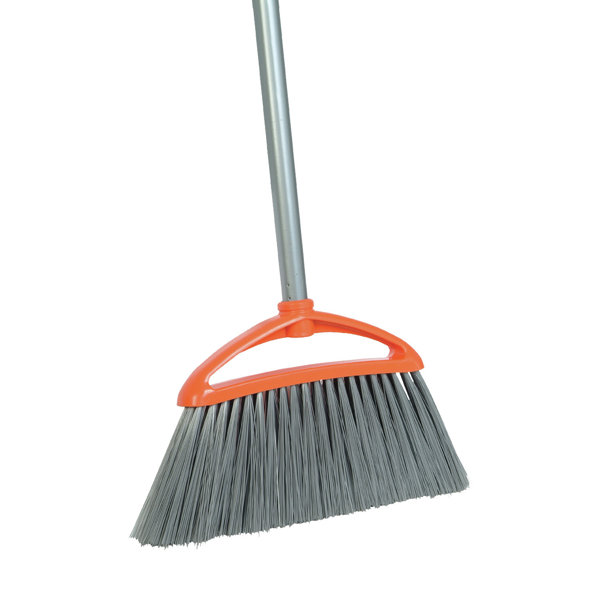

Two are available in single-engine versions. Non-CDL models include the Starfire S-4c and S-4XL. Two models are mounted on NON-CDL chassis. We make 6 models of Starfire Mechanical Broom Street Sweepers in 4, 4.5. These sweep trucks are designed for effectively cleaning large volumes of bulky or heavy debris in a single pass. Bristles are made of polypropylene, steel wire, or a combination of the two.One of our most popular street sweeper brands is the Starfire sweepers. The ability to make our own plastic material for the sweeper bristles helps keeps our costs competitive and pass that saving to our customers. Those bundles are fed to our broom rolling machines. The bristles are produced in a separate manufacturing line as continuous crimped bundles. Coil space refers to the space between each channel as it's wrapped around the sweeper brush core. The smaller the coil space, the more dense the bristles will be. The larger the spacing, the less bristles will be wrapped onto the core. The sweeper brush can be wrapped at various coil spacings. During it's rotation, steel channels bend and contract around the desired bristle material and wraps the entire channel around the core. The core is placed on a mandrel and the mandrel is then slowly rotated. Sweeper brush cores are seen in the image to the right. Our broom rolling line uses semi-automated machinery to assemble the sweeper brushes. To prevent such an occurrence, we use only new steel from our supplier. Older cores that have been reused can fail and break up during sweeping. We never re-use old cores to offer only the highest quality steel and to prevent safety accidents. Our commercial sweeper brushes use a cold rolled steel core that is welded together. Sweeper brushes are made in our in-house factory in Lakeland, Florida. While technology has advanced over the last century, 90% of all sweepers in service today are still from the mechanical broom category. The mechanical rotary brush and brooms have always served next to their sweeper counterparts. Modern sweepers can now collect both large and small particles and offer a higher level of street cleanliness. The smaller particles left behind by street sweepers became a catalyst for water pollution. In the 1970s, water quality was a hot issue. Street Sweeper Brushes were only effective at removing larger particles of debris from streets and roadways. The age of the modern motorized sweeper was borne. The city commissioner there bought the sweeper after a demonstration and concluded that his municipality could save over $2,000 by replacing their horse drawn sweepers. After an interview with the owners, John Murphy was hired and sold their first sweeper to the city of Boise, Idaho. John Murphy had a plan for the first motor driven pickup street sweeper and approached the owners of the American Tower and Tank Company. Then a legendary brand came into the street sweeping industry, Elgin. Back then, everything was powered by horsepower and the main axel’s mechanical energy. It ran all of the rotary brushes and gears inside the sweeper. The street sweeper had drive wheels and elevated belts for carrying debris that was all powered by an endless chain.


Charles Brooks, the inventor of the new street sweeper design, included many modern mechanisms that we still use today. The first self-propelled street sweeper was patented on March 17th 1896. These simple machines were usually belt driven, horse pulled, and served as simple mechanical brooms. Bishop developed the first street sweeping brush made from rotating wooden disks with wire bristles. Since its initial patenting in 1849, C.S.


 0 kommentar(er)
0 kommentar(er)
